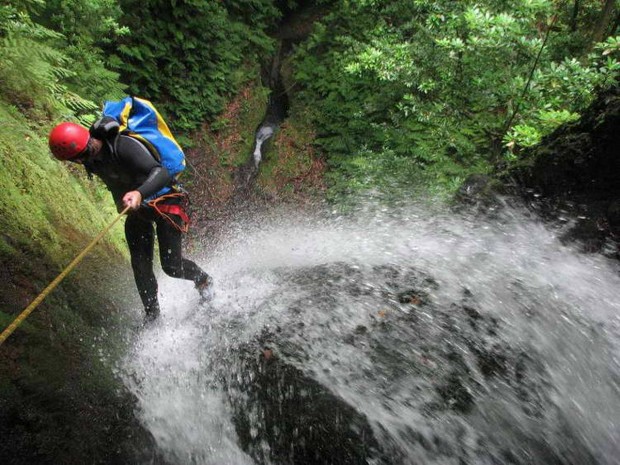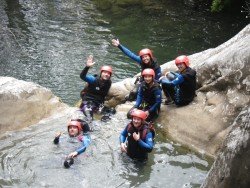
Tara River Canyon, Durmitor National Park
Canyoning in Tara River Canyon is just wonderful. The beauty over there is uncomparable to any other place. Choose your preferred accommodation and enjoy canyoning today!
Home > MOUNTAIN SPORTS > Canyoning > Hawequas Mountains, Cape Winelands
Within the Hawequas Mountains, there lies a popular ravine, called Sluice Gates and offers a fierce canyoning experience. The Sluice Gates is a perennial water feature that can be attempted by only the brave and experienced of practitioners. Canyoning here consists of at least a dozen waterfalls and drops up at 80 m/262 ft and various jump heights which will give you the appropriate shivers!!!
The adventure begins with an early morning walk across the plateau which gets you at the first 50 m/164 ft into a deep pool. After this first descent, the drops range in heights as the ravine cuts a steep and narrow path along the mountain ridge. Don’t miss this thrilling experience in an out-of-common location.

Canyoning in Tara River Canyon is just wonderful. The beauty over there is uncomparable to any other place. Choose your preferred accommodation and enjoy canyoning today!
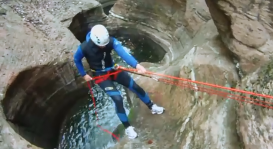
The valley around Cortina d’ Ampezzo, in Dolomites area, offers endless possibilities for canyoning fans. You can experience between a river and a waterfall adventure by roping down into impressive gorges of unbelievable beauty. If you are up to for a more demanding outdoor activity, then probably the waterfalls, witch include diving and climbing options, are the top choice to give in.
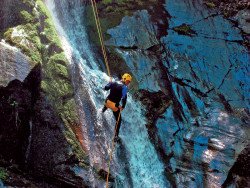
Mount Kissavos or Ossa, is situated on the east side of Thessaly region, facing the amazing Tempi Vale and Mount Olympus to the north, whereas to the west the beautiful plain of Larissa. The location offers many opportunities for outdoor activities and adrenaline sports, such as hiking, canyoning and mountain biking.
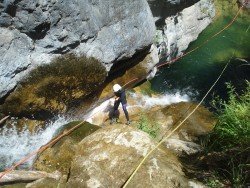
Mount Olympus is the highest mountain in Greece, known worldwide for its mythological importance, as according to the religion of the ancient Greeks, the 12 "Olympian" gods lived there. Located in Pieria region, on the borders of Macedonia and Thessaly, this incredible mountainous massif has a number of peaks with the highest of all, called Mytikas, reaching a top elevation of 9573 ft / 2918 m and is surrounded by deep gorges and areas of outstanding biodiversity.
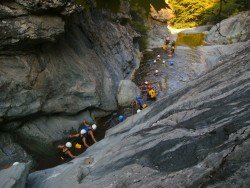
Mount Kissavos or Ossa, is situated on the east side of Thessaly region, facing the amazing Tempi Vale and Mount Olympus to the north, whereas to the west the beautiful plain of Larissa. The location offers many opportunities for outdoor activities and adrenaline sports, such as hiking, canyoning and mountain biking.
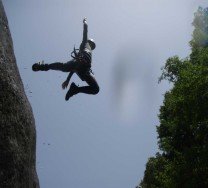
Epirus is a geographic and administrative region, located in northwestern Greece. It is considered to be the region with the more rainfall than any other part of the country. In fact, Epirus offers imposing landscapes of outstanding natural beauty as well as a wide variety of fauna and flora.

Cape Winelands is an area of vast vines and vineyards as the name suggests. Situated in the north east of Cape Town, it constitutes fertile green valleys, towns and villages surrounded by proud mountains. It is characterized by Mediterranean Climate and the winter rain contributes to the famous wine production which can be found in most of the world's corners.
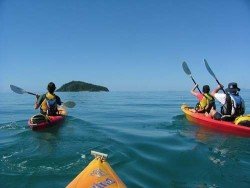
False Bay is a body of water characterized by Cape Hangklip and Cape Peninsula, located in the South-West of South Africa. The bay is 30 km/18.7 mi wide, offering a Mediterranean climate with warm, dry summers and wet damp winters. The east and western shores of the bay are rocky and mountainous with visible peaks rising from the waters, while the northern side comprises a long curving beach.
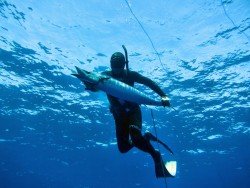
Whyalla is located on the western shore of upper Spencer Gulf, at around 394 km/244 mi in the northwest of Adelaide, in South Australia. Dolphins and bird-life often frequent the waters, while the rocky coastline is a popular destination for fishing tours and spearfishing.

Langebaan Lagoon is situated at 120 km/74 mi north of Cape Town and stretches at 20 km/12 mi in length and 4 km/2.5 mi wide. Unlike other lagoons, Langebaan is pure salty water. The white sandy beaches and crystal clear waters are just breathtaking whether it is sunny or cloudy.
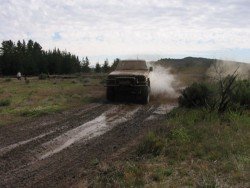
Cape Winelands is an area of vast vines and vineyards as the name suggests. Situated in the north east of Cape Town, it constitutes fertile green valleys, towns and villages surrounded by proud mountains. It is characterized by Mediterranean Climate and the winter rain contributes to the famous wine production which can be found in most of the world's corners.
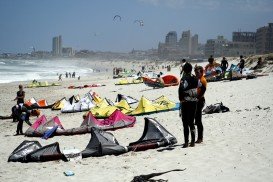
Without doubt, Cape Town is one of the most beautiful cities in the world boasting striking mountains, a long stretch of the Atlantic Ocean coastline and an intriguing working harbour. Located at the shores of Table Bay in the Western Cape province of South Africa, it enjoys a an ocean Mediterranean climate with mild moderately wet winters and dry warm summers.
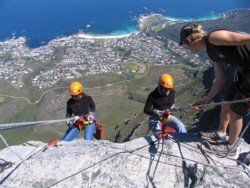
Without doubt, Cape Town is one of the most beautiful cities in the world, boasting striking mountains, a long stretch of the Atlantic Ocean coastline and an intriguing working harbour. Located at the shores of Table Bay in the Western Cape province of South Africa, it enjoys an ocean Mediterranean climate with mild moderately wet winters and dry warm summers.
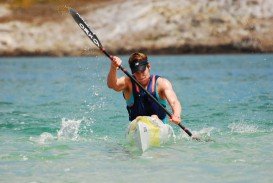
Langebaan Lagoon is situated at 120 km/74 mi north of Cape Town and stretches at 20 km/12 mi in length and 4 km/2.5 mi in width. Unlike other lagoons, Langebaan is pure salty water. The white sandy beaches and crystal clear waters are just breathtaking whether it is sunny or cloudy.

